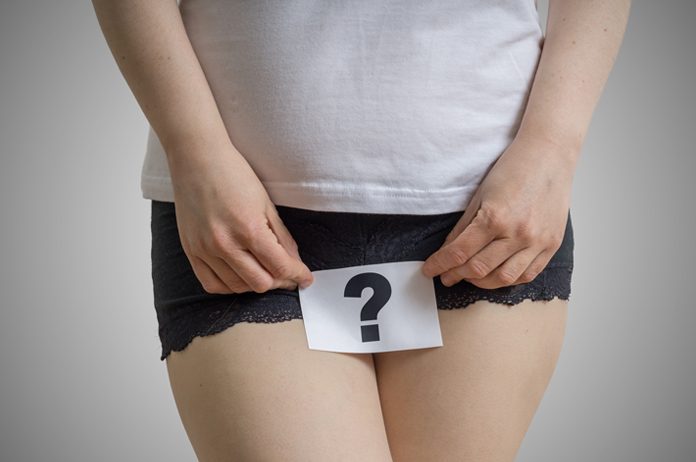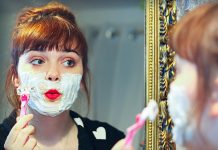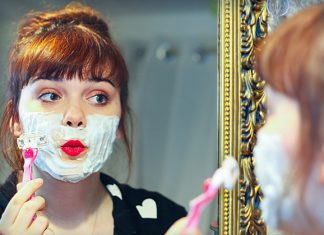Human bodies harbour several kinds of “good” microbes that cause no harm unless there’s an overgrowth or infection in their kind. Women’s health and bodies are complex mechanisms of function that literally keep women on their toes.
Maintaining vaginal health and ensuring its proper functioning takes up a lot of time as it is important for the complete and uninterrupted functioning of the whole body.
Often just before or after the menstrual cycle, you might experience itching and irritation in your vaginal area. Sometimes you recover within days, while at other times, it refuses to go until you use over the counter medication.
Itching and irritation in the vaginal area are attributed to vaginal yeast infection. These infections occur when there’s an overgrowth of the already present Candida albicans fungus. A painful discharge often accompanies the itching and inflammation.
While most women have a recurring pattern of yeast infection and are used to yeast infection treatment, if you are experiencing it for the first time, it’s better to confirm from your gynaecologist that it’s actually a yeast infection and then go for vaginal yeast infection treatment.
You may not always want to use over the counter medicines. Several diseases and disorders can be brought under control or even cured with home remedies available readily.
Home remedies for vaginal yeast infection
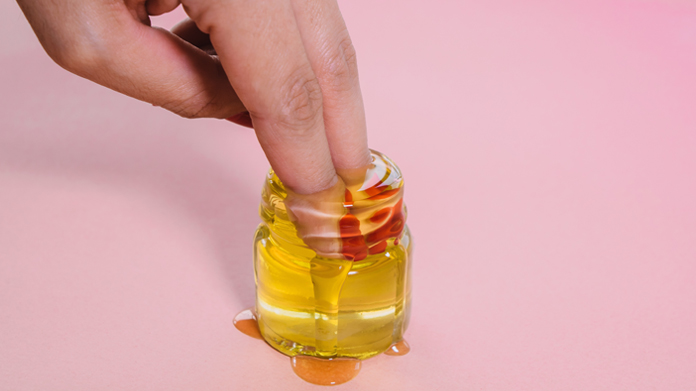
Coconut oil
Every household has coconut oil at its disposal. Be it in the kitchen or the general shelf, and family loves are incomplete without that bottle of coconut oil.
But how to get rid of a yeast infection with coconut oil?
Several studies have shown the efficacy of coconut oil against C. Albicans, and it is therefore recommended as an anti-fungal yeast infection treatment. The first step would be to buy pure coconut oil and then directly apply it to the affected area as a treatment measure.
Vitamin C
For every illness of the body, immune deficiency has a role to play. That’s why doctors always advise patients to amp up their intake of Vitamin C tablets and eat many fruits.
For vaginal yeast infection treatments, applying Vitamin C supplements might burn the sensitive skin. The ascorbic acid in these supplements tends to kill off fungal infections.
So to inflict less harm, it’s advised to increase the intake of these tablets.
Tea tree oil
This essential oil has been used in several treatments over the years. Since it’s a powerful essential oil, always use a carrier oil with it.
As a vaginal suppository, this essential oil is effective against yeast infection treatment and even maintains healthy vaginal flora. Tea tree oil is not to be consumed. It’s only meant for application purposes.
Boric acid
Always a trusted solution for several anti-fungal treatments, boric acid has shown to be effective as a yeast infection treatment.
Since it is a solid and powerful substance, always mix it with water and never apply it on broken skin. Avoid boric acid if you’re pregnant and never take it as an oral solution.
Probiotics supplements
As mentioned earlier, our bodies always have some microbes present to function fully. Probiotics contain “good” bacteria that restore the balance of microbes in the body and go a long way in containing and even preventing yeast infections.
Many women use probiotics as vaginal suppositories more effective than oral supplements that take around ten days to be completely effective.
Apple cider vinegar
Apple cider vinegar is a highly acclaimed and useful product for home remedies ranging from aiding weight loss to fighting hair fall.
The properties of vinegar are also very effective as home remedies for yeast infections. To initiate treatment, adding half a cup of apple cider vinegar in lukewarm bathwater effectively eliminates harmful microbes such as those causing yeast infections.
Hydrogen peroxide solution
Several studies have proved the efficacy of hydrogen peroxide as an antiseptic. Diluting it amply and applying it in the genital area will help greatly against yeast infection. Owing to its strong nature, never use it for more than three to five days at a stretch.
Wild oregano oil
If you thought oregano was only goofed for food, you’d be surprised to know its efficacy against yeast infections.
Oil from wild oregano contains thymol and carvacrol, which are against fungal infections. It’s also a natural blood thinner, so don’t use it if you’re already consuming a blood thinner.
Use a carrier oil with wild oregano oil and massage it on the skin. This oil mixture is not meant to be taken orally or directly applied to your vagina at all.
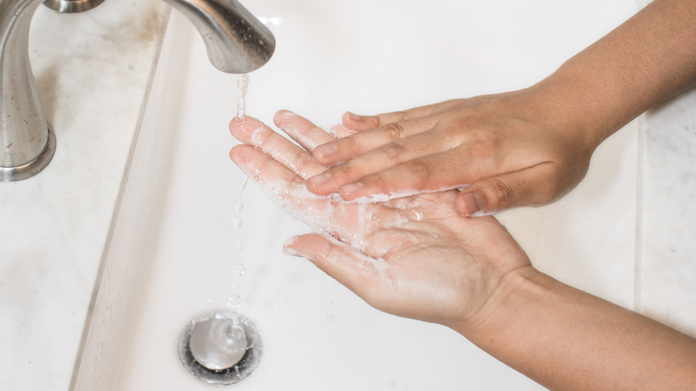
Preventing vaginal yeast infections
While home remedies for vaginal yeast infection may or may not work, it’s always better to be safe and vigilant about vaginal health. Sometimes good hygiene is as simple as daily changing your underwear. Read on to know more about easy ways to prevent yeast infection and maintain sound vaginal health.
Avoid scented products for your vagina- Never use scented vaginal deodorants or sprays or powders for your vagina as they may contain metal and other inorganic substances that can be potentially fatal for your health. If your vagina is smelly all the time, it’s better to consult a doctor than apply sprays. Read more about: how to get rid of vaginal odour and keep it clean and smelling good.
Stop wearing tight clothes and undergarments- Tight clothes and underwear cause sensitive skin to stretch out and erode. It also hampers air circulation, thereby causing infections and microbial outgrowth.
Similarly, swimwear and damp clothes shouldn’t also be worn for a longer time than necessary. Yeast and bacteria grow in moist, damp locations.
Control sugar and processed foods in your diet- Yeast thrives on sugars. It’s important to control your intake of processed foods and sugars while increasing your vitamin C and probiotics consumption that actually maintain your body’s microbial balance.
You may now know how to get rid of a yeast infection, but always get a proper diagnosis before embarking on any treatment. In case home remedies do not work as expected, immediately consult your doctor.

